How Neurohacking Can Affect Your Strength

This maybe a bit more “technical” than normal…hang in there, it’s worth it! 
Mental imagery is the representation in a person’s mind of the physical world outside of that person. It is an experience that, on most occasions, significantly resembles the experience of perceiving some object, event, or scene, but occurs when the relevant object, event, or scene is not actually present to the senses.
Researches seeking evidence in support of or opposition to the effect of mental imagery perspectives on strength performance has revealed that the combination of mental imagery and physical practice is more efficient than, or at least comparable to, physical execution with respect to strength performance. The present review also indicates advantageous effects of internal imagery (range from 2.6 to 136.3%) for strength performance compared with external imagery (range from 4.8 to 23.2%). Typically, mental imagery with muscular activity was higher in active than passive muscles, and imagining “lifting a heavy object” resulted in more EMG activity compared with imagining “lifting a lighter object”.
An examination of potential moderator variables revealed that the effectiveness of mental imagery on strength performance may vary depending on the appropriate matching of muscular groups, the characteristics of mental imagery interventions, training duration, and type of skills. Self-efficacy, motivation, and imagery ability were the mediator variables in the mental imagery-strength performance relationship.
Greater effects of internal imagery perspective on strength performance than those of external imagery could be explained in terms of neural adaptations, stronger brain activation, higher muscles excitation, greater somatic and sensorimotor activation, and higher physiological responses such as blood pressure, heart rate, and respiration rate.
More About Strength
As such, mental imagery prevention interventions may provide a valuable tool to improve the functional recovery after short-term muscle immobilization and anterior cruciate ligament in patients.
Research into neurophysiologic mechanisms of the mental imagery-strength performance relationship reveal that the combination of mental and physical training is more efficient than, or at least comparable to, physical execution when there is no decrease in the total physical performance time. The findings indicate that maximal strength gain is significantly greater for the distal than proximal muscle group after mental imagery training. Thus internal imagery perspective has greater effects on strength performance than on external imagery.
In addition, this research suggests that mental imagery might be of benefit in preventing the strength losses that occur during immobilization and ACL. The data available on the direct effects of mental imagery on strength performance and EMG activity are very limited. This limitation could be attributed to internal imagery involves higher degrees of muscle excitation than external imagery, mental imagery with muscular activity is higher in the active than in the passive organ and that imagining “lifting a heavy object’’ results in higher EMG activity than imagining “lifting a light one’’. It was also noted that high mental effort induced higher EMG activity than low mental effort.
Internal mental was reported to have greater effects on strength among healthy participants than external imagery. Thus, external imagery perspective predominantly supports performance on only one task, although internal imagery serves multi-task performance. Short-duration (3-6 weeks) mental imagery training has greater effects on strength performance than long-duration mental training (7-12 weeks).
Strength gain in healthy participants and strength loss in patients are related to neural factors. Strength gains would also be more directly related to the physiological adaptations and psychological effects (e.g., improve self-confidence and motivation) of mental imagery in healthy participants. For instance, the actual movement has been shown to elicit higher amplitudes of brain activation than mental imagery. Taken together, the reported results provide evidence that mental imagery and motor performance share similar behavioral, physiological, neural mechanisms and anatomical characteristics. However, each type of mental imagery has different properties with respect to both psychophysical and physiological perspectives and with respect to the nature of the neural networks that are activated by them.
The present review supports hypotheses indicating a selective effect of internal mental imagery at the level of muscular strength by the higher neurophysiological adaptations of internal imagery than external imagery. The internal imagery perspective has stronger effects in producing strong brain activation, higher muscle excitation and corticomotor excitability modulation, greater somatic and sensorimotor activation and physiological responses such as blood pressure, heart rate, and respiration rate than the external imagery perspective.
In addition, the combination of both imagery methods would be more effective in neural pathways. Research suggests that internal imagery can better improve strength performance than external imagery by enhancing psychological variables such as attentional focus, self-confidence, effort regulation, cognitive and emotional reactions control, and automatic execution triggering. The relationship between imagery and strength performance should be considered as a starting point to build a psychophysiological model of strength performance. Experimental paradigms that involve brain-mapping techniques and autonomic system measurements in combination with the assessment of performance improvement are necessary in order to gain more insight into the mechanisms underlying mental imagery or mental practice.
Training programs could be adjusted and adapted to include mental imagery in addition to physical practice, which may reduce the likelihood of overuse injuries, physiological stress and overtraining, while still proving sufficient to stimulate strength increases. Coaches, educators, athletes, sport psychologists, and therapists are strongly advised to practice/perform and persist with their mental imagery plans with physical training routines to maximize gains and minimize the disuse-induced loss in muscle strength.
Future research is encouraged to monitor both brain, physiological responses, and muscle activity during, and following, imagery to gain a better in-depth understanding of the mechanisms involved in the imagery-strength performance relationship. Moreover, the challenge for future researchers is to identify the precise nature of the neuromuscular and hormonal adaptations that accompany mental imagery and to determine patterns of interaction among these adaptations for various classes of movement (e.g., dynamic tasks, muscular power) in healthy and patient participants. The psychological, cognitive and physiological mechanisms underlie mental imagery-strength loss relationship in injured athletes are needed to support the present date.



